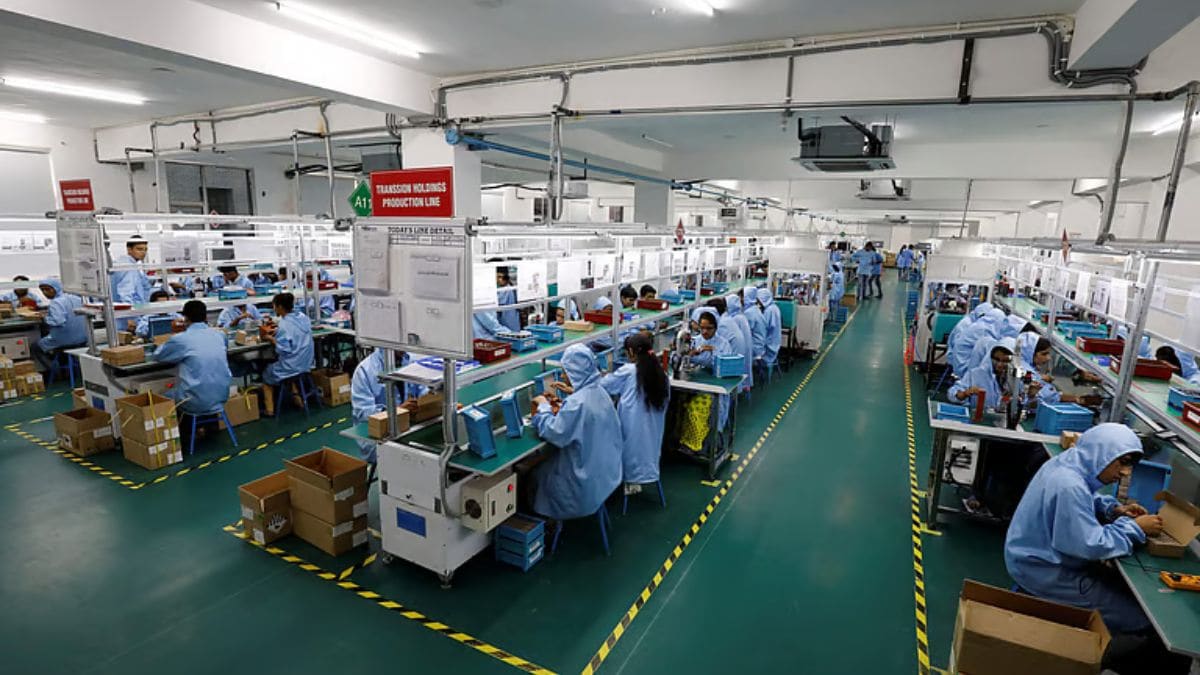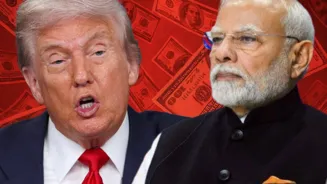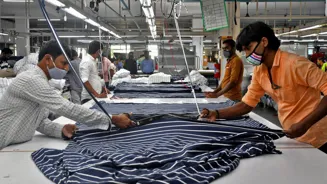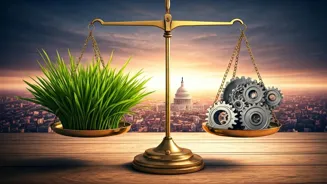In the August issue of Economy
In the short-term, the report said that India’s economy could reach $20.7 trillion (PPP) by 2030. As for American tariffs, the report said that they may affect nearly 0.9 per cent of India’s GDP but their impact on GDP growth can be contained to just 0.1 percentage point with appropriate countermeasures like export diversification, raising domestic demand, and advancing trade partnerships with other
What works in India's favour?
What sets India apart among the world's largest economies today is its strong economic fundamentals including high savings and investment rates, favourable demographics, and a sustainable fiscal position, according to EY.
Even as countries across the world have been affected by uncertainties such as tariff pressures and slowing trade, India’s resilience stems from its reliance on domestic demand and increasing capabilities in modern technologies, the report said.
Among the world's largest economies, India stands out with a median age of 28.8 years in 2025, the second-highest savings rate, and a government debt-to-GDP ratio projected to decline from 81.3 per cent in 2024 to 75.8 per cent by 2030 unlike peers where debt levels are rising, the report said.
Referring to data from the Internationaal Monetary Fund (IMF), the EY said that India’s economy could reach $20.7 trillion (PPP) by 2030 and, using average growth rates for 2028-30 as projected by the IMF, it said that India may become the
Compared to other large economies of the United States, China, Germany, and Japan, India has the benefit of a younger demography.
While China is projected to be the biggest economy in PPP terms by 2030 at $42.2 trillion, its ageing population and rising debt are challenges, the report said.
Similarly, the report said that United States faces high debt levels rising to 120 per cent of the GDP and slower growth rates. As for Japan
Moreover, the report said that India's growth trajectory is also strengthened by structural reforms like the goods and services tax (GST), the Insolvency and Bankruptcy Code (IBC), financial inclusion through UPI, and production-linked incentives (PLI) to boost manufacturing.













